The Impact of Digital Devices on Eye Health – A Multidimensional Perspective
.jpg)
Authorised by: Malika Abbas, Assistant Professor, Era University
No matter whether it's looking up a cookie recipe on YouTube, responding to a loved one on WhatsApp, swiping Instagram reels, or searching for academic content—screens have become an integral part of our day-to-day life. Ironically, we now "unwind" from laptop screens by switching to phone screens and vice versa. From kids to adults, no one is exempt from the vicious cycle of digital dependence. As optometry professionals, it is not only our place to identify the visual health hazards of this existence but also to comprehend the wider psychological, neurological, and behavioural implications of extended screen time.
This article explores the pervasive influence of digital screens on ocular and systemic health across all age groups, despite their perceived indispensability in modern life.
1. Visual Health Impacts
Computer Vision Syndrome (CVS) Computer Vision Syndrome, or Digital Eye Strain, refers to an array of eye and vision issues caused by extensive digital screen viewing. Symptoms range from eyestrain and headaches to blurred vision, dryness of the eyes, and pain in the neck or shoulders. As many as 50–90% of computer users suffer some symptoms of CVS, according to the American Optometric Association.
Building a Screen-Smart Society
Digital technology isn't disappearing—but our habits can change. With proper awareness, ergonomic practices, and regular optometric checks, visual and systemic effects of screen use can be minimized. As educators, clinicians, and public health champions, we need to drive this change through knowledge, empathy, and practice.
Dry Eye Disease (DED)
DED is increasingly common among young users of screens. The need to constantly pay attention to screens results in a remarkable decrease in blink rate, which results in tear film instability. Blinking plays an important role in distributing tears evenly over the cornea; blinking less often results in evaporation and irritation (1)).
Blue Light & Glare Sensitivity
Blue light from screens (wavelength ~400–490 nm) reaches deep into the eye and can be causally associated with retinal stress and sleep disturbance. Screen glare also worsens photophobia and provokes visual fatigue, particularly in those with pre-existing sensitivity.
.jpg) |
A troubling worldwide trend is the increased in myopia in children and young adolescents due to increase near work and less outdoor exposure. Current research (2) shows that these populations have a high correlation between screen time and the development and progression of myopia. Modern schoolchildren in cities are now spending greater amounts of time indoors with screens than outdoors with protective natural light.
2. Psychological & Mental Health Effects
2025-07-14T18_13_14.jpg) |
Digital Loneliness and Social Isolation
Even with being more "connected" than before, too much screen time has created a paradox: we are connected but lonely. Interactions on social media tend to substitute deep face-to-face interactions, resulting in emotional exhaustion and
isolation,(3) discovered that teenagers who spent more hours on digital gadgets had more loneliness and depressive symptoms.
Cognitive Overload & Attention Deficit
Ongoing notifications, multitasking, and "doomscrolling" can result in continuous partial attention, with fractured and shallow focus. Research (4) indicates correlations between elevated screen time and both children's and adults' ADHD-like
symptoms. In the clinical setting, this manifests as an inability to sustain attention even during optometric assessments.
3. Neurological & Sensory Effects
Migraines and Photophobia
2025-07-14T18_17_08.jpg) |
Prolonged use of flickering screens can induce vestibular migraines and sensitivity to light. Throbbing headaches that become worse on using the screen are commonly reported by patients. It has become a frequent complaint in optometry clinics, especially among young professionals and gamers.
Sleep Disruption
Blue light inhibits the release of melatonin, the hormone that controls sleep and wakefulness. This leads to delayed sleep onset, declined REM sleep, and chronic fatigue, which subsequently impinges upon ocular health and patient adherence to
treatment regimens.
Tinnitus and Auditory Fatigue
Interestingly, a growing body of evidence now suggests that excessive headphone use during screen time correlates with tinnitus and auditory fatigue. While historically beyond our direct realm, interdisciplinary awareness may enhance patient education.
4. Musculoskeletal & Postural Disorders
.jpg) |
Tech Neck
The typical adult spends 4–6 hours a day with his or her head in a position of forward tilt to view a screen. For each inch of forward head posture, the neck supports an extra 10 pounds of stress (5). Cervical disc degeneration and chronic neck pain are long-term effects, which tend to be accompanied by visual complaints.
Repetitive Strain Injuries
Concerns such as smartphone thumb, wrist tendonitis, and carpal tunnel syndrome are becoming more prevalent because of bad digital ergonomics. These complaints usually accompany visual complaints, and optometrists must screen for posture and device usage patterns during history-taking.
5. Paediatric Developmental Issues
Motor & Cognitive Delay
Young children require hands-on physical activity to achieve fine motor skills and hand- eye coordination. The American Academy of Paediatrics (AAP, 2016) is cautioning against too much screen use among children under the age of five, pointing out its link to late motor skills and poor academic performance.
Language Development Delays
Screen time frequently supplants parent-child verbal interaction, which is critical for early language development. Children who are exposed to extended periods of passive screen viewing are more likely to have delayed speech milestones, as well
as potentially impact learning performance and visual processing abilities.
6. Digital Addiction & Behavioral Dysregulation
Dopamine Feedback Loops
Applications are designed to engage users with dopamine-reward cycles, like likes, streaks, or endless scrolling. This instigates compulsive use and digital addiction. The World Health Organization (WHO) has officially designated gaming disorder as a mental illness.
7. Optometrists' Clinical Role in the Digital Age
As eye care practitioners, we are well positioned to educate, detect, and intervene in the visual effects of digital overuse. Part of regular patient history should comprise inquiry into screen use, posture, device adjustment, and eye strain symptoms. Behavioural counselling—particularly for parents and youth—can help significantly cut visual fatigue and long-term ocular injury. Optometrists should also practice inter-professional collaboration with psychologists, physiotherapists, paediatricians, and occupational therapists for comprehensive care.
Eye Care Tips
- Perform the 20-20-20 rule: Look at something 20 feet away for 20 seconds every 20 minutes.
- Employ blue light filters or night mode on screens, ARC/ anti-glare coatings on screens/ specs, particularly after dark.
- Stay at an optimal screen distance: 20–24 inches away from the eyes, 15–20 degrees below eye level.
- Promote blinking exercises to prevent dry eye.
- Invest in ergonomic furniture to minimize neck and wrist discomfort.
- Apply lubricating drops as directed to alleviate dry eye symptoms.
- Plan routine eye tests to observe changes in refraction, accommodation, and binocularity.
- Breaks are as important as work; take a break every 1 hour
References:
1.Wu D, Tong L, Prasath A, Lim BXH, Lim DKA, Lim CHL. Novel therapeutics for dry eye disease. Ann Med. 2023 Dec;55(1):1211–2.
2. Ha A, Lee YJ, Lee M, Shim SR, Kim YK. Digital Screen Time and Myopia: A Systematic Review and Dose-Response Meta-Analysis. JAMA Netw Open. 2025 Feb 21;8(2):e2460026.
3. Twenge JM, Campbell WK. Associations between screen time and lower psychological well-being among children and adolescents: Evidence from a population-based study. Preventive Medicine Reports. 2018 Dec;12:271–83.
4. Yu H, Xu C, Lu J, Li Q, Li Q, Zhou K, et al. Associations between screen time and emotional and behavioral problems among children and adolescents in US, National Health Interview Survey (NHIS), 2022. Journal of Affective Disorders. 2025 Jun;379:159– 67.
5. Hansraj KK. Assessment of stresses in the cervical spine caused by posture and position of the head. Surg Technol Int. 2014 Nov;25:277–9.

.jpg)
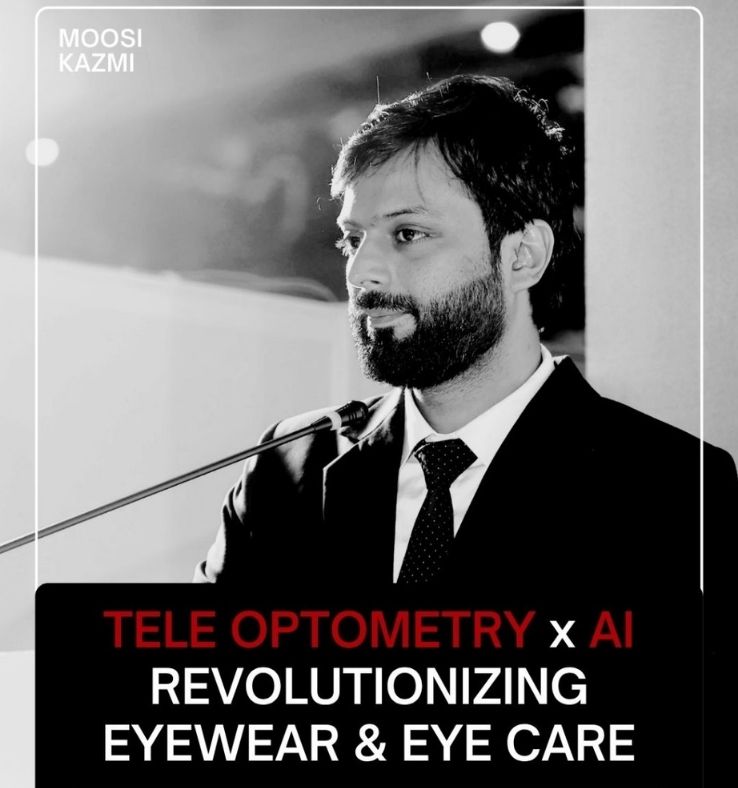
.jpg)
.jpg)
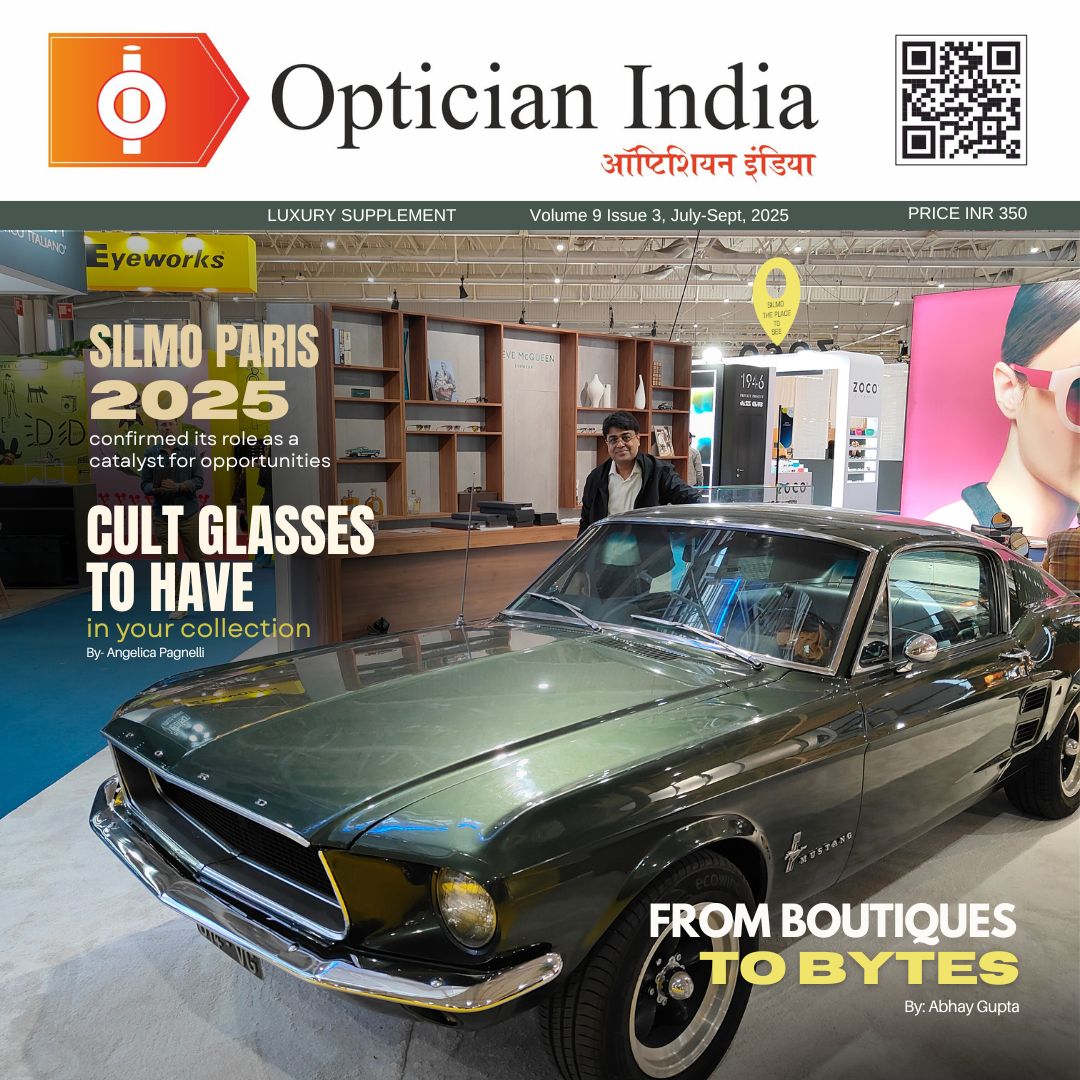
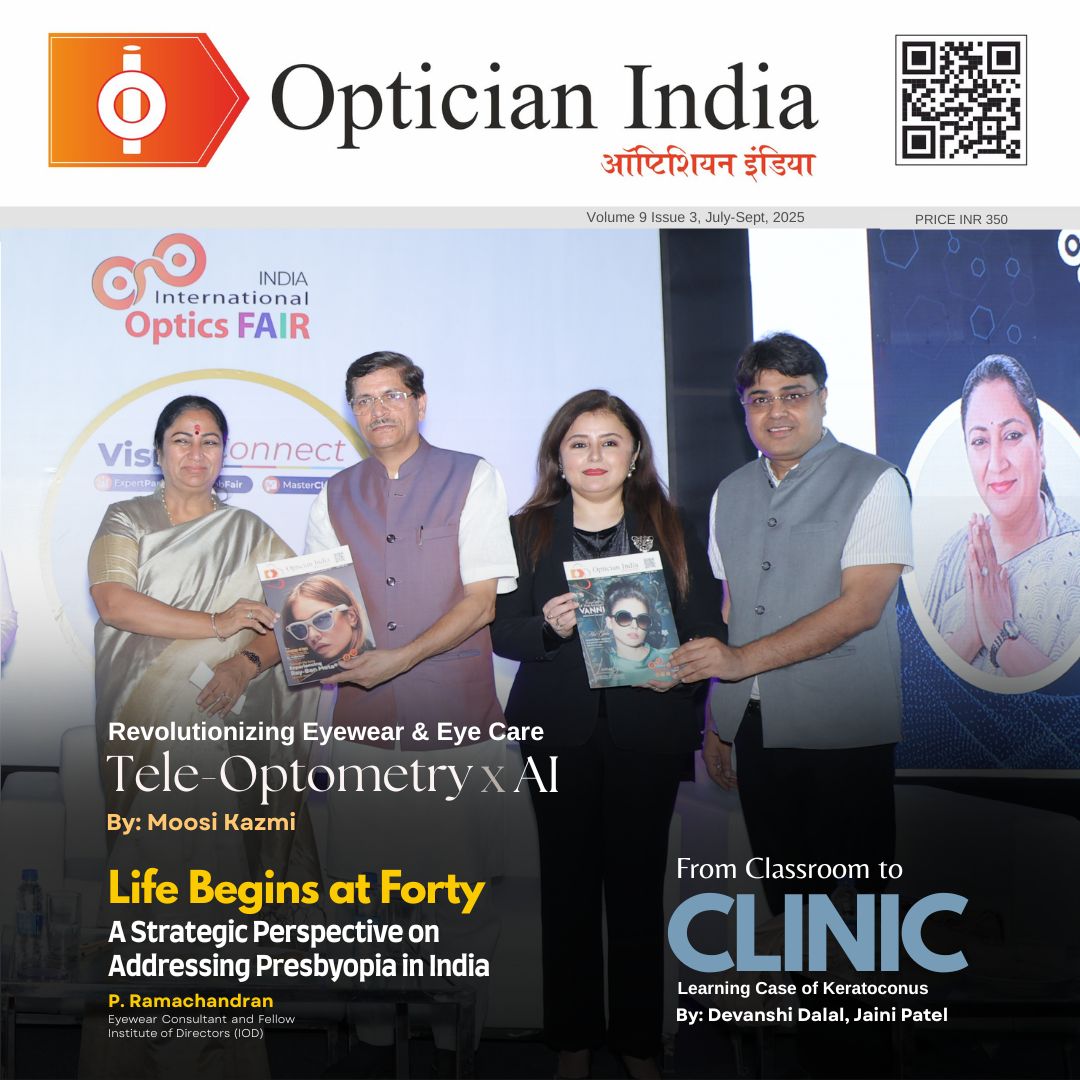
1.jpg)
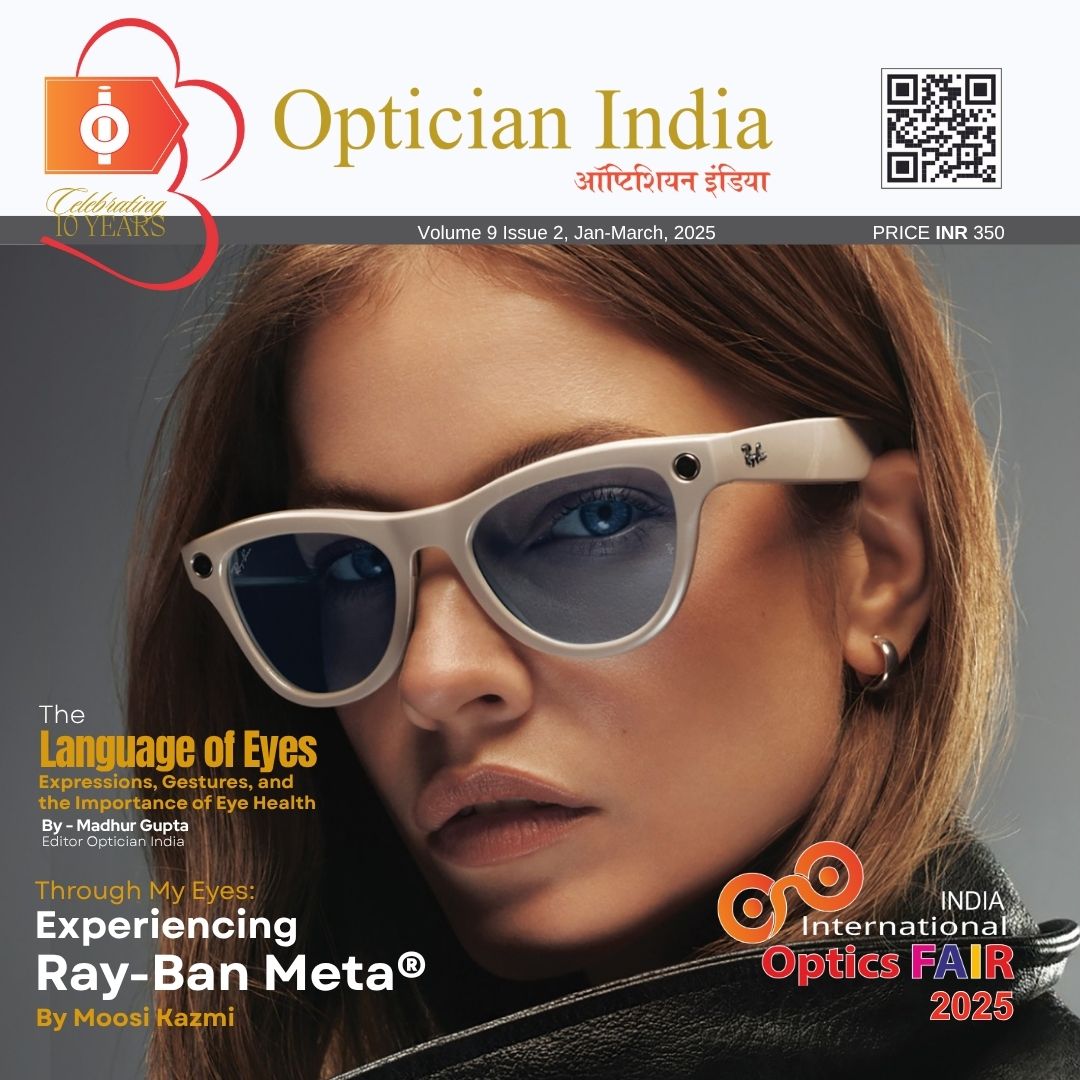


.jpg)
.jpg)

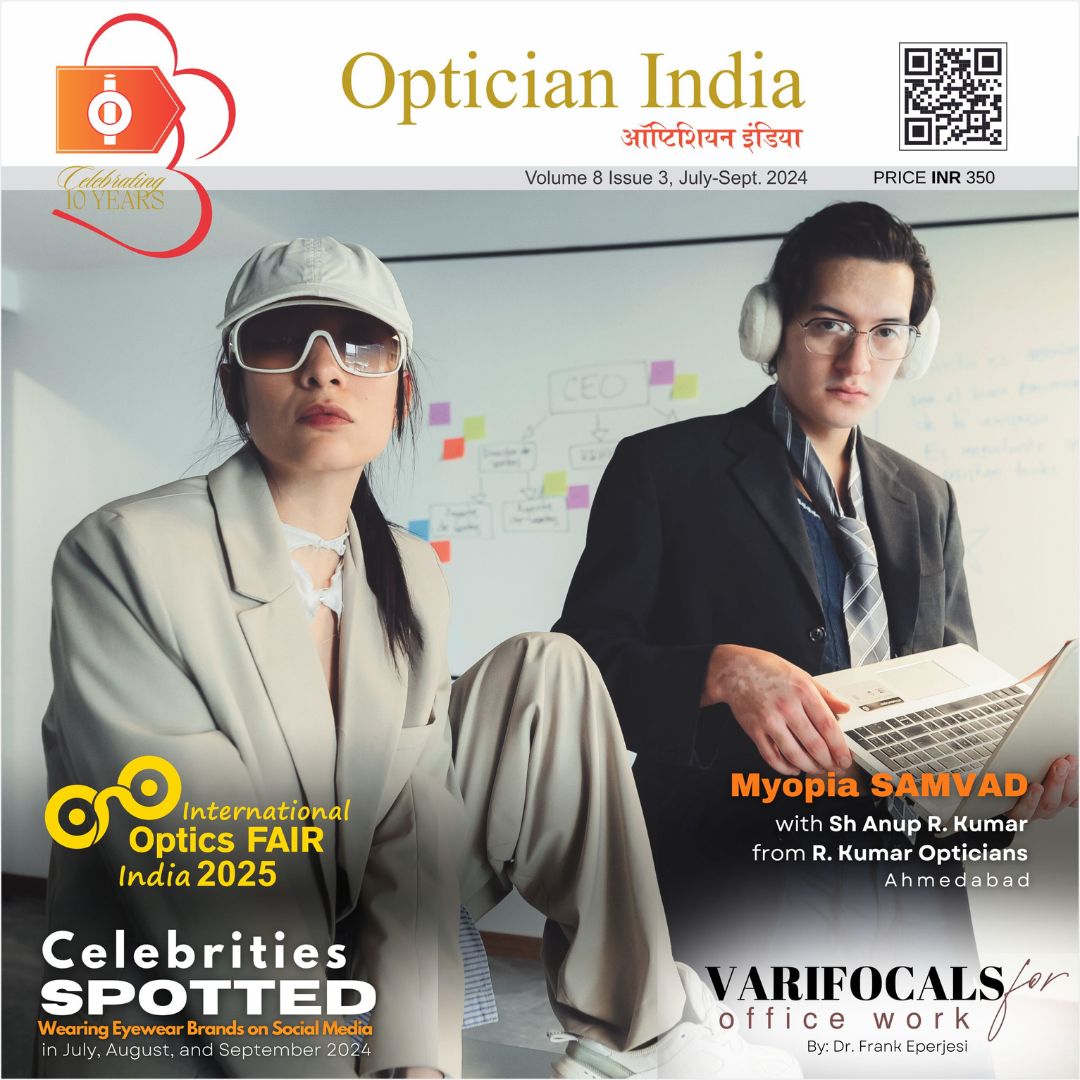

_(Instagram_Post).jpg)
.jpg)
_(1080_x_1080_px).jpg)


with_UP_Cabinet_Minister_Sh_Nand_Gopal_Gupta_at_OpticsFair_demonstrating_Refraction.jpg)
with_UP_Cabinet_Minister_Sh_Nand_Gopal_Gupta_at_OpticsFair_demonstrating_Refraction_(1).jpg)
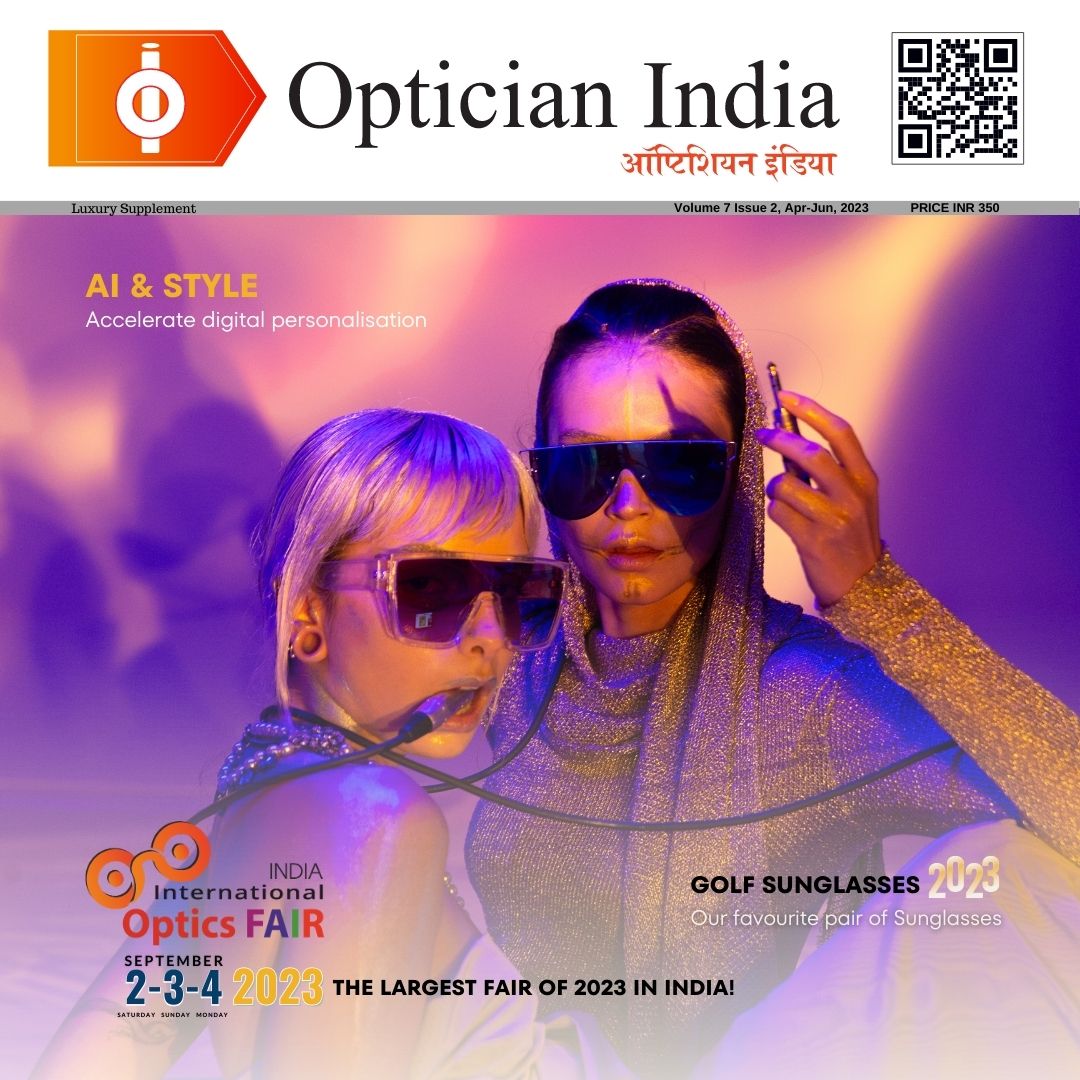
.jpg)
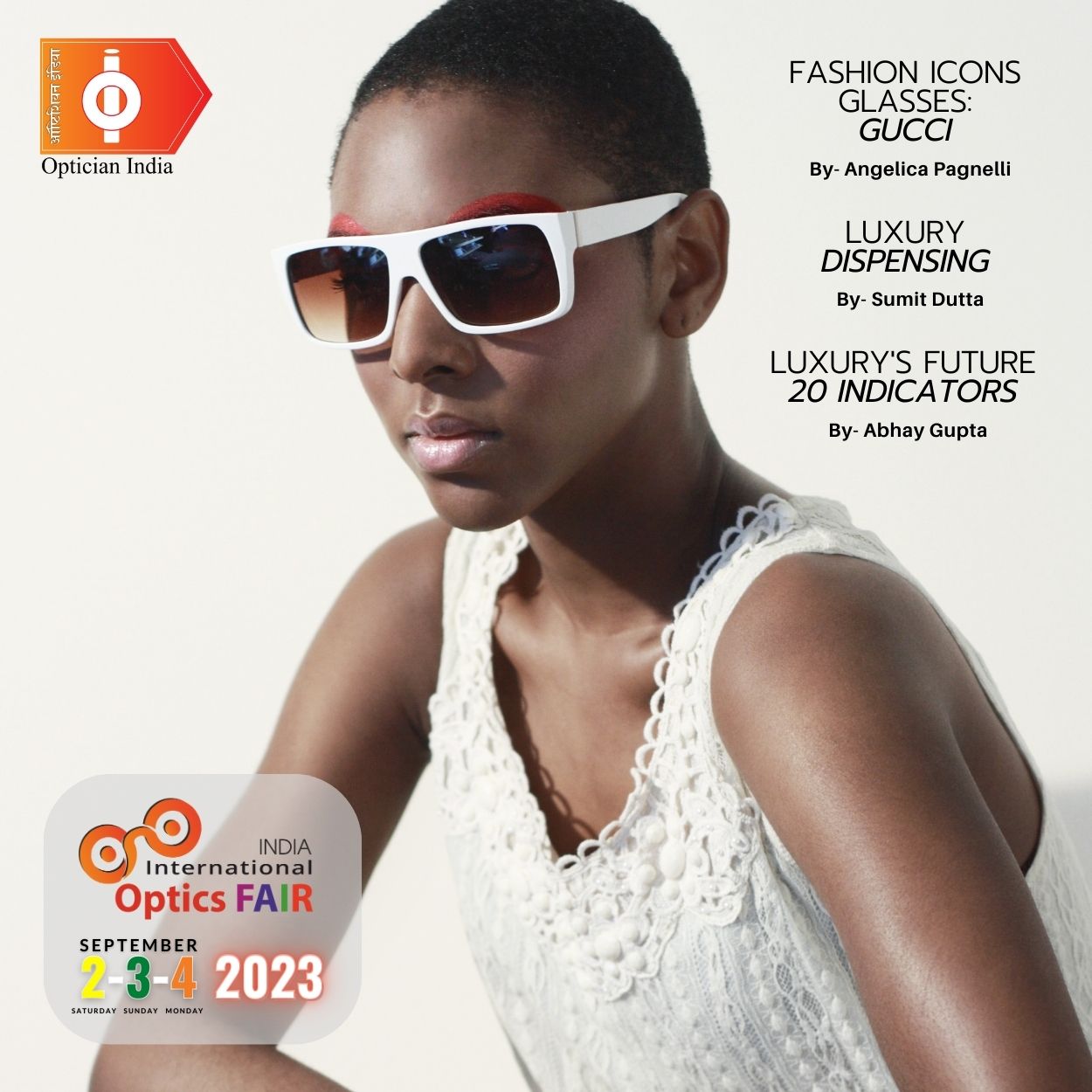




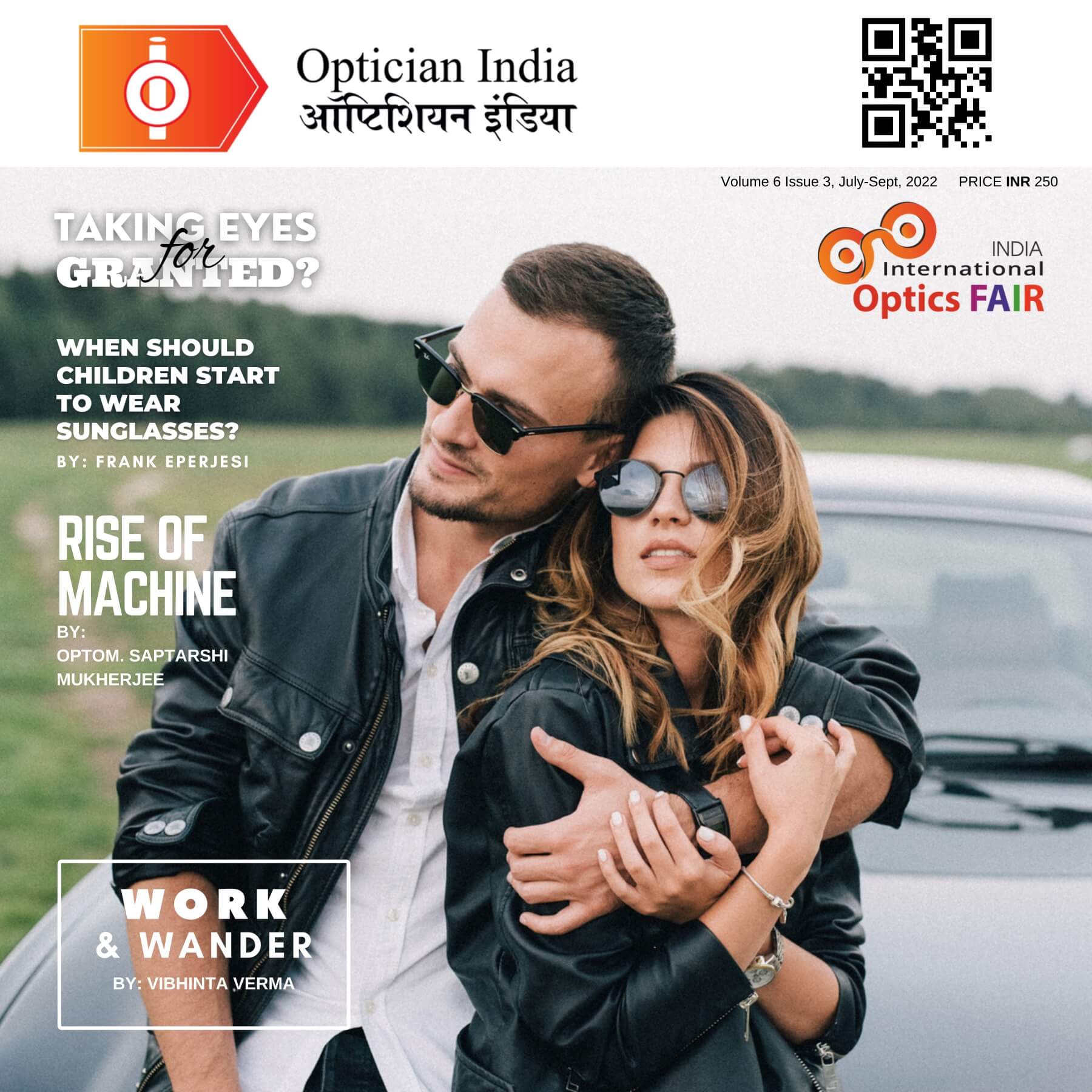
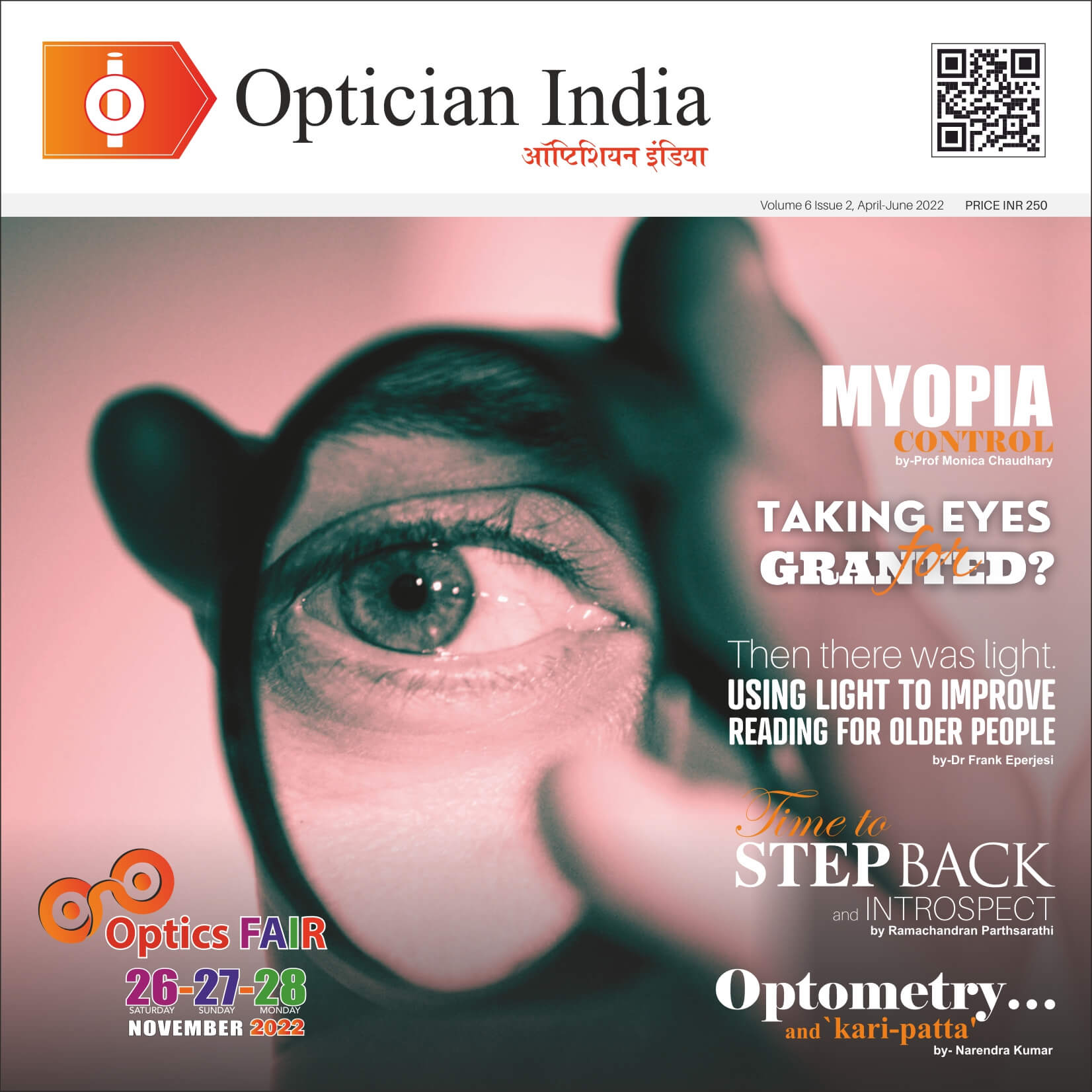

.jpg)
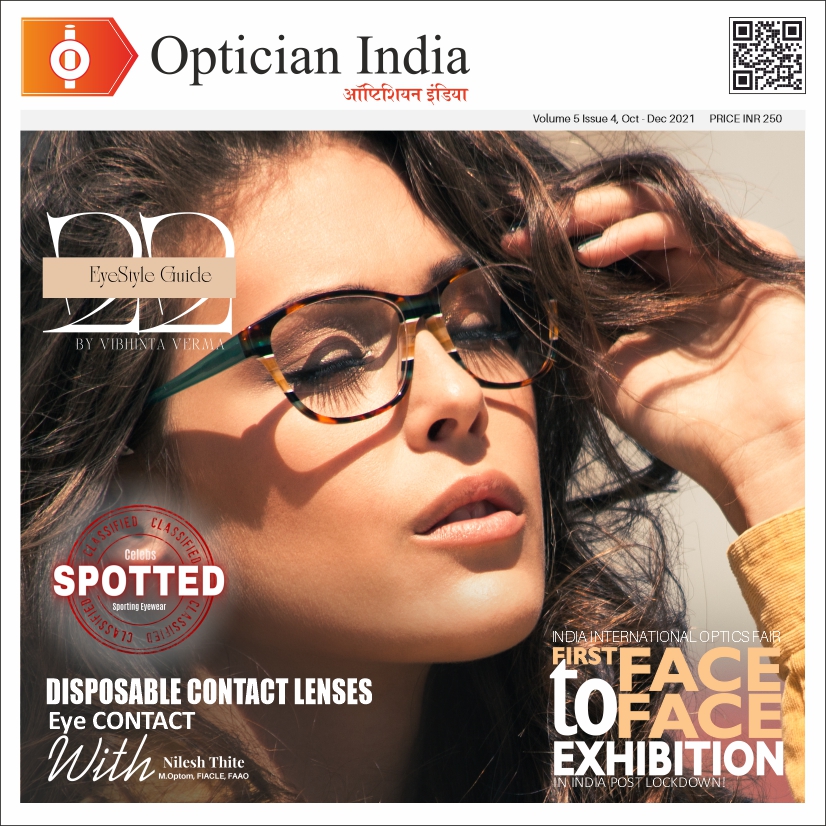
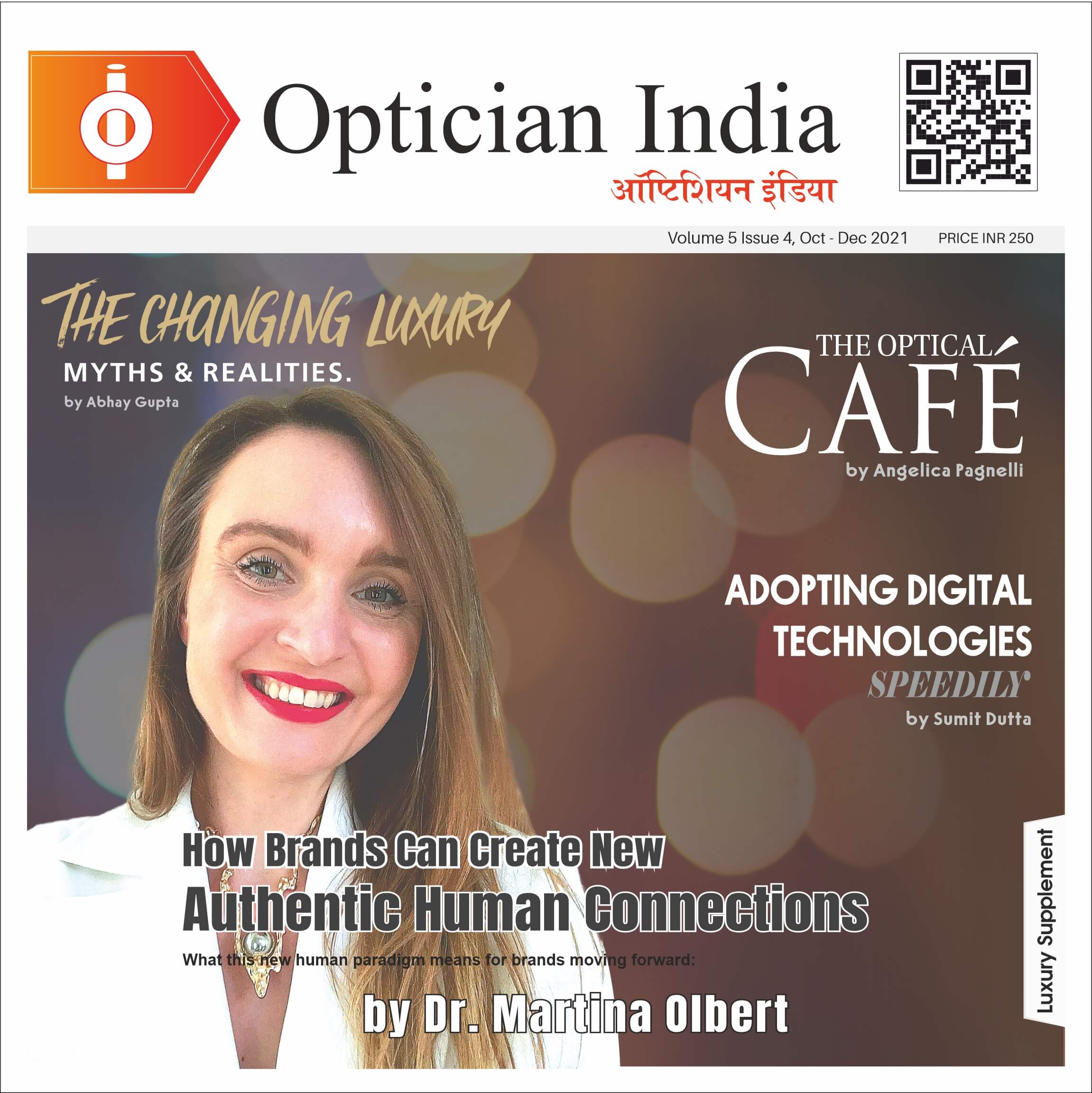
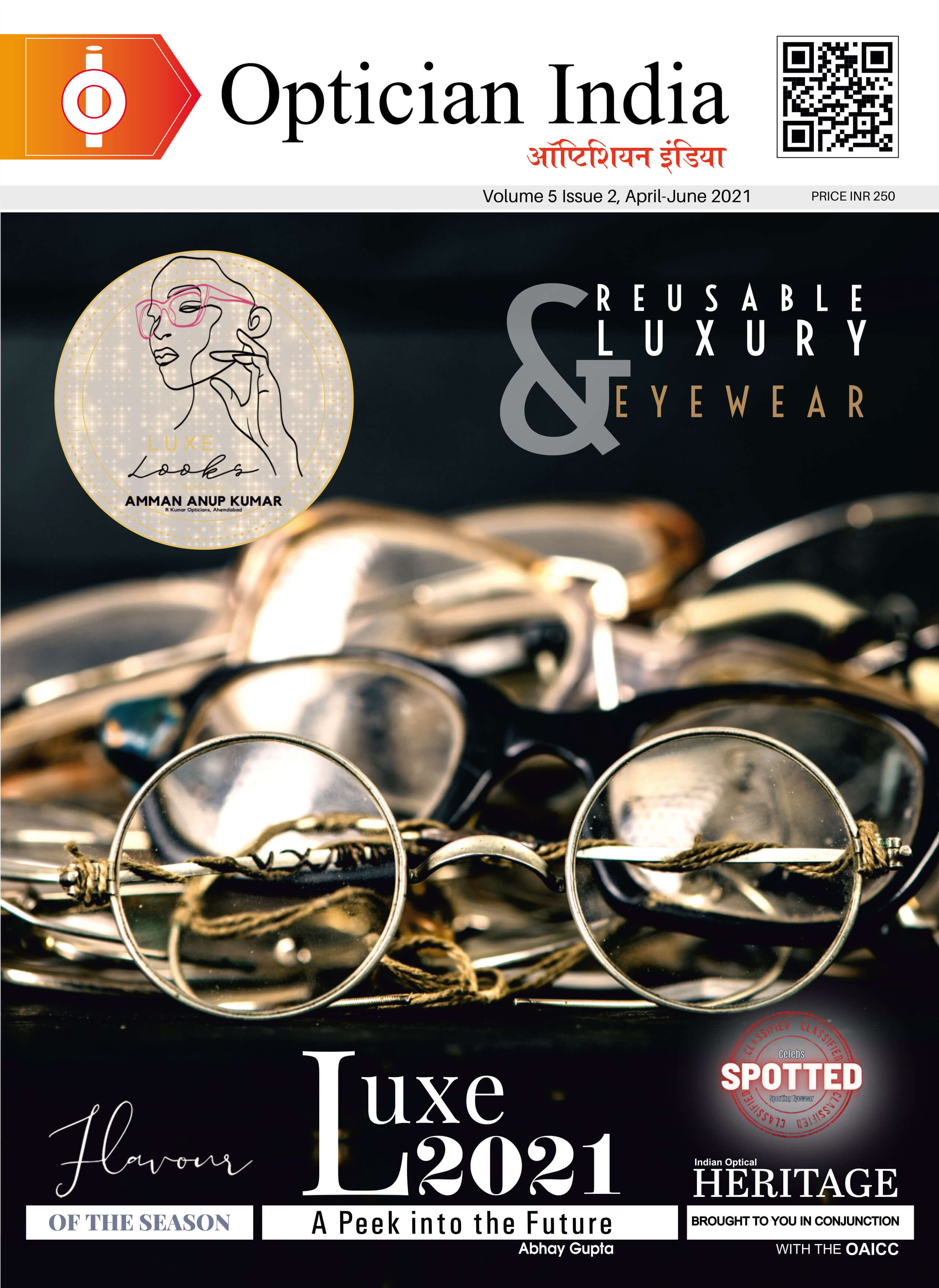
.png)




